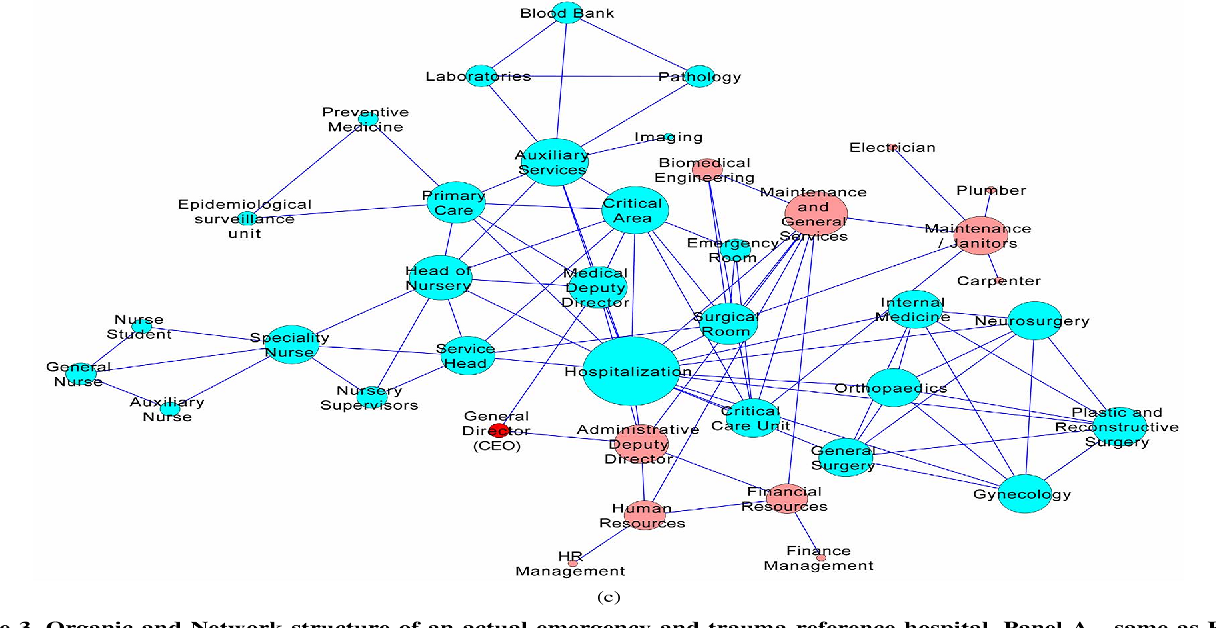US Healthcare System Diagram: The United States healthcare system is a vast and intricate network of organizations, professionals, regulations, and services that collectively strive to provide medical care to its population. However, US Healthcare System Diagram understanding this system can be daunting due to its complexity and multifaceted nature. In this article, we will delve into the intricacies of the US healthcare system, utilizing a diagrammatic approach to shed light on its various components and interactions.
Introduction to the US Healthcare System
The US healthcare system is often described as a mixture of public and private sectors, with a focus on market-based principles. Unlike many other developed countries that have universal healthcare systems, the US does not have a single-payer system. Instead, it operates through a combination of public programs, such as Medicare and Medicaid, and private insurance plans offered by employers or purchased individually.
Key Components of the US Healthcare System
To better understand the US healthcare system, it’s essential to identify its key components:
- Healthcare Providers: This includes hospitals, clinics, physician practices, nursing homes, and other facilities where medical services are provided. Healthcare providers range from small, independent practices to large hospital systems.
- Health Insurance: Health insurance is a critical aspect of the US healthcare system, as it helps individuals and families afford medical care. Health insurance can be obtained through employer-sponsored plans, government programs like Medicare and Medicaid, or purchased individually on the private market.
- Government Programs: The US government plays a significant role in healthcare through programs like Medicare, which provides health coverage to people aged 65 and older, and Medicaid, which offers coverage to low-income individuals and families.
- Regulatory Bodies: Various government agencies, such as the Food and Drug Administration (FDA) and the Centers for Medicare & Medicaid Services (CMS), regulate different aspects of the healthcare system. These agencies set standards for healthcare quality, safety, and reimbursement.
- Healthcare Financing: Financing healthcare involves mechanisms for funding medical services, such as out-of-pocket payments, insurance premiums, taxes, and government subsidies. Understanding how healthcare is financed is crucial for assessing its accessibility and affordability.
Diagramming the US Healthcare System
Visualizing the US healthcare system through a diagram can help simplify its complexity and illustrate the relationships between its various components. Let’s create a simplified diagram to represent the key elements of the US healthcare system:
In this diagram:
- Healthcare Providers are depicted as central nodes, representing the core entities responsible for delivering medical services. These providers include hospitals, clinics, physicians, and other healthcare professionals.
- Health Insurance is illustrated as a layer surrounding the healthcare providers, symbolizing the coverage and financial protection it offers to patients. Different types of health insurance, such as employer-sponsored plans, Medicare, and Medicaid, are represented.
- Government Programs are shown as supportive structures, indicating their role in providing healthcare access to specific populations, such as seniors (Medicare) and low-income individuals (Medicaid).
- Regulatory Bodies are depicted as overseeing entities positioned at various points within the diagram, signifying their role in monitoring and enforcing healthcare standards and regulations.
- Healthcare Financing is represented as arrows flowing into the healthcare providers, indicating the diverse sources of funding that sustain the delivery of medical services. These sources include insurance premiums, government subsidies, taxes, and out-of-pocket payments.
By visualizing the US healthcare system in this manner, we can gain a clearer understanding of its structure and dynamics. However, it’s essential to recognize that this diagram simplifies a complex reality and that the actual system may involve additional layers of intricacy and interconnection.
Challenges and Opportunities
Despite its strengths, the US healthcare system faces numerous challenges, including rising costs, unequal access to care, fragmented delivery systems, and disparities in health outcomes. Addressing these challenges requires comprehensive reforms that prioritize affordability, equity, and quality of care.
Moreover, the US healthcare system presents opportunities for innovation and improvement. Advances in technology, such as telemedicine and electronic health records, hold promise for enhancing healthcare delivery and patient engagement. Additionally, initiatives aimed at promoting preventive care, care coordination, and value-based payment models can help drive positive change.
Conclusion
The US healthcare system is a complex ecosystem with many moving parts, each playing a vital role in delivering medical care to the population. By visualizing this system through diagrams and other visual aids, we can gain insights into its structure, challenges, and opportunities for improvement. Ultimately, achieving a more effective, equitable, and sustainable healthcare system requires collaboration among stakeholders and a commitment to addressing the underlying issues that impact health and well-being.

